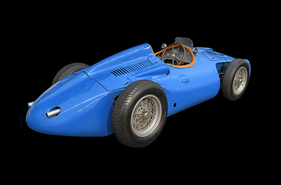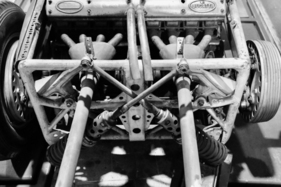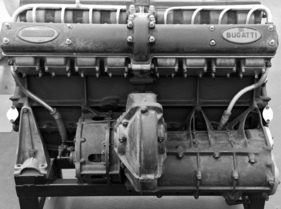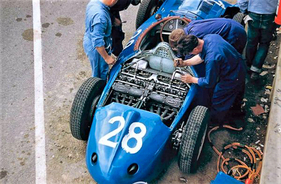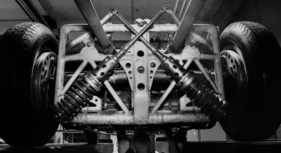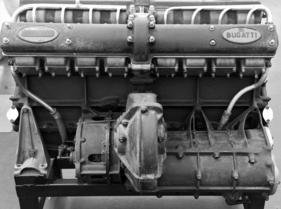Technology in a racing car (44): Bugatti 251 - herald of the central engine revolution
Summary
With the Type 251 and its central engine, Bugatti could have become a trendsetter in Formula 1 in 1956 and might even still be around today. But things turned out differently - the revolutionary project ran out of resources for serious development to racing maturity.
Estimated reading time: 7min
Preview (beginning of the article)
Let's imagine that the Bugatti 251 had won its debut race in Reims in 1956, and one or two other races as well. In 1957, a Bugatti driver would have become the first Formula 1 world champion in a central-engined car and would have won again in 1958. And from 1959, only mid-engined cars would have raced in Formula 1. Bugatti, the mythical pre-war manufacturer, would have kick-started modern racing car construction and would perhaps still be around today. Well, counterfactual history can sometimes be quite stimulating. But it can't change the facts: Bugatti's central engine revolution with the Type 251 ended in 1956 with a fiasco in the first and at the same time last race in Reims. But the first Formula 1 victories for a mid-engined car (Cooper 43/45) were to come as early as 1958, and by 1959/1960 they were already dominating the World Championship. From then on, no stone was left unturned in motor racing, and one technical revolution after another followed until 1981. Can we today at least regard the Type 251 as a pioneer of the new mid-engine era in racing car construction? Difficult to say. The technical approach of the English Cooper was different; a direct design link cannot be drawn, although both had a central engine. Bugatti had built legendary racing cars until before the Second World War, but increasingly lost touch with technical developments. The vehicle layout with a ladder-frame chassis and front engine remained conventional - in contrast to the German competition, in particular Auto Union with the first central engine designs. Only the two-seater 57 G broke new ground with innovative aerodynamics and won the 24 Hours of Le Mans in 1937 and 1939.
Continue reading this article for free?
Photos of this article



